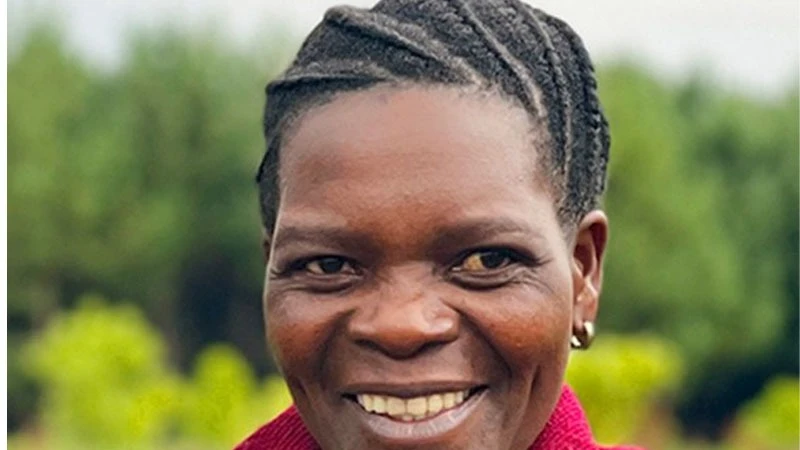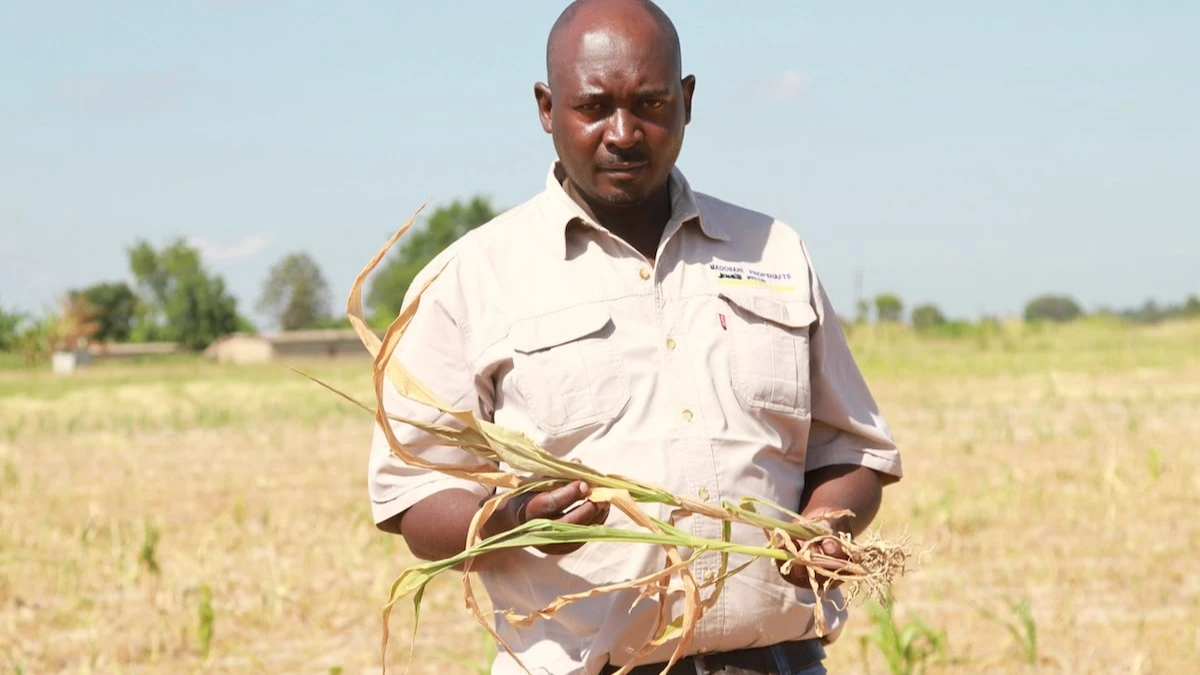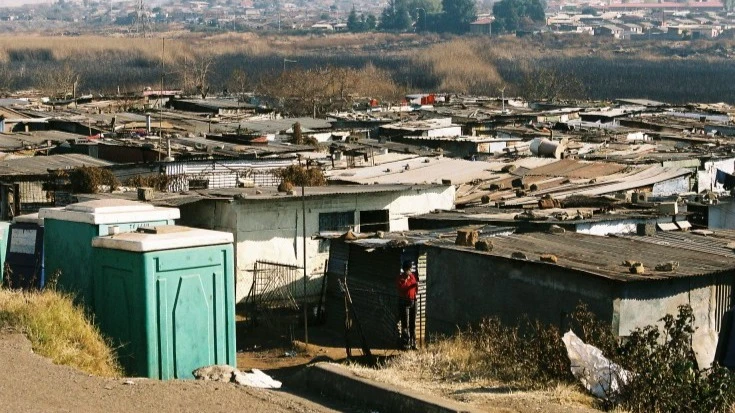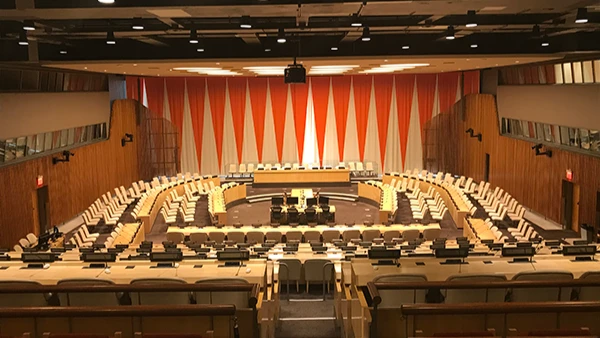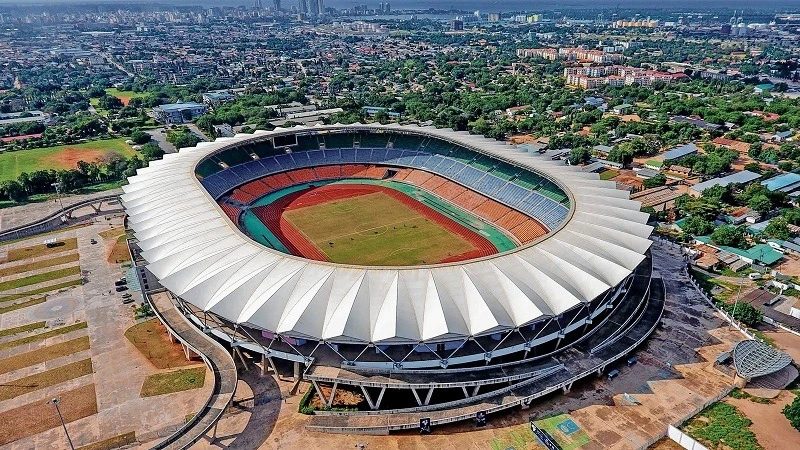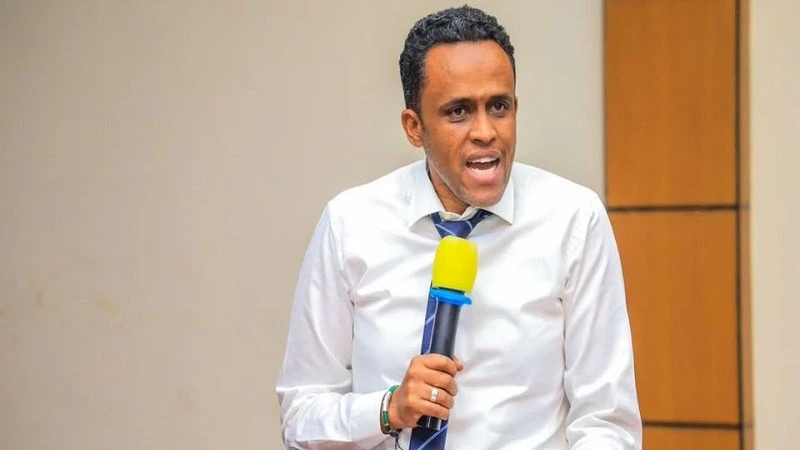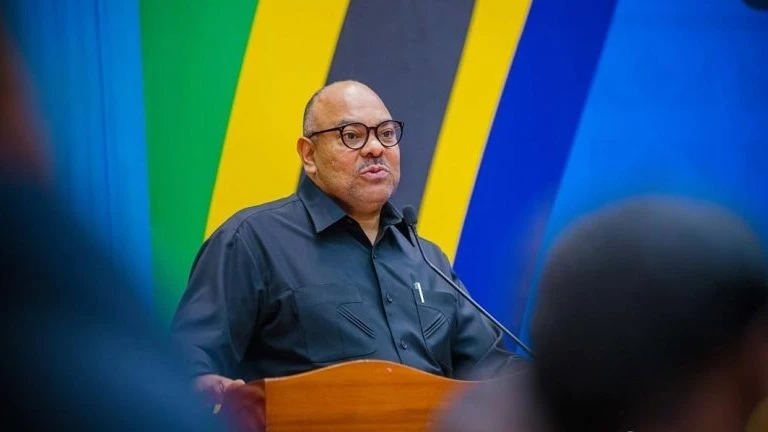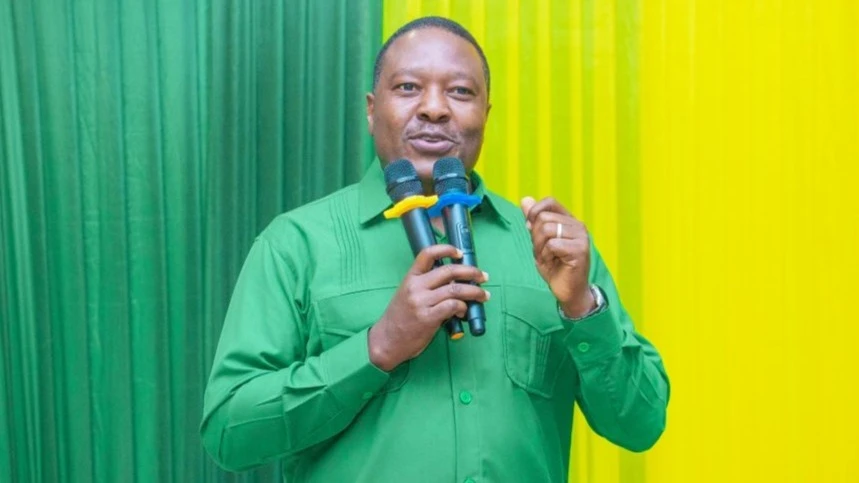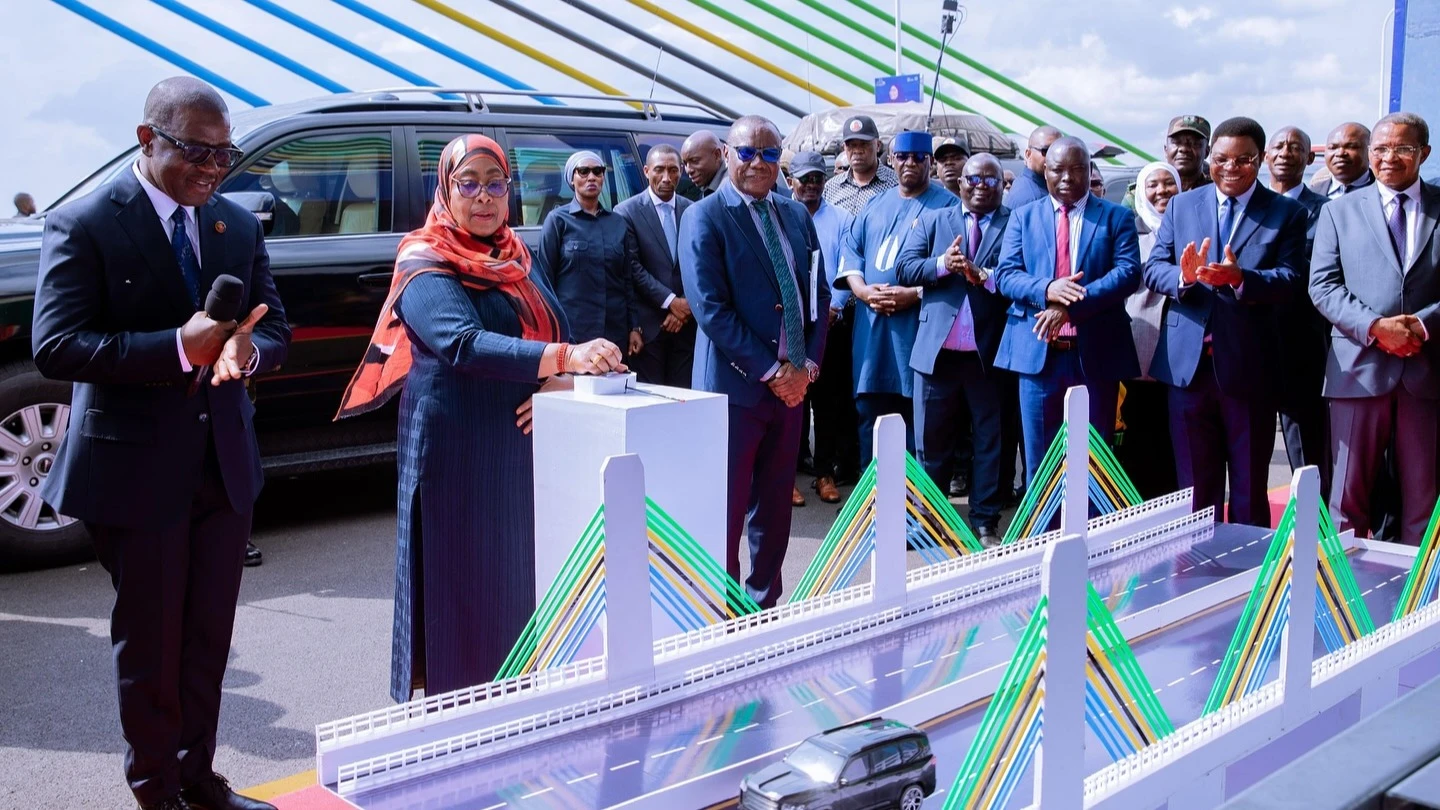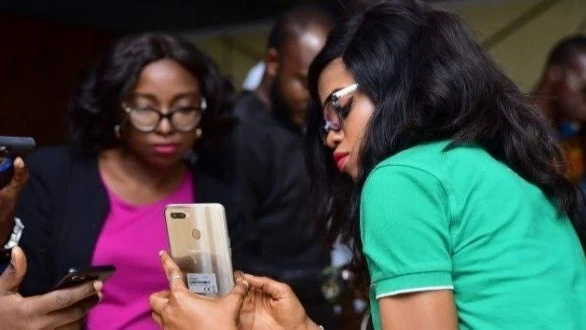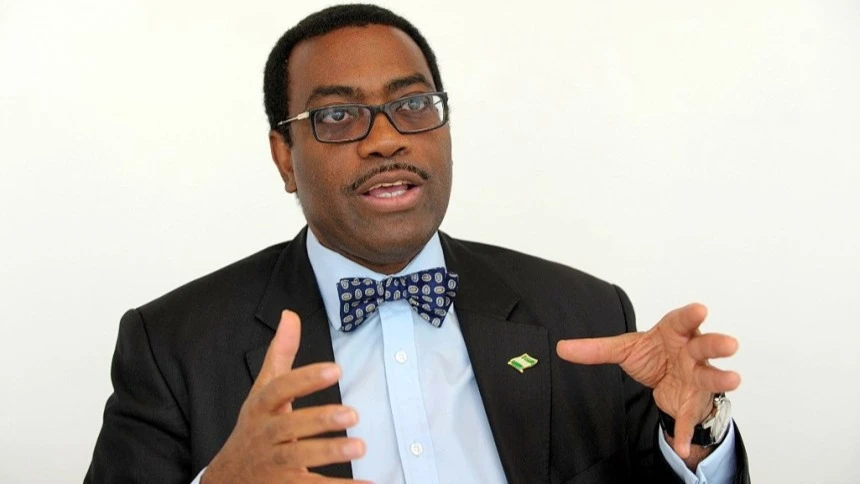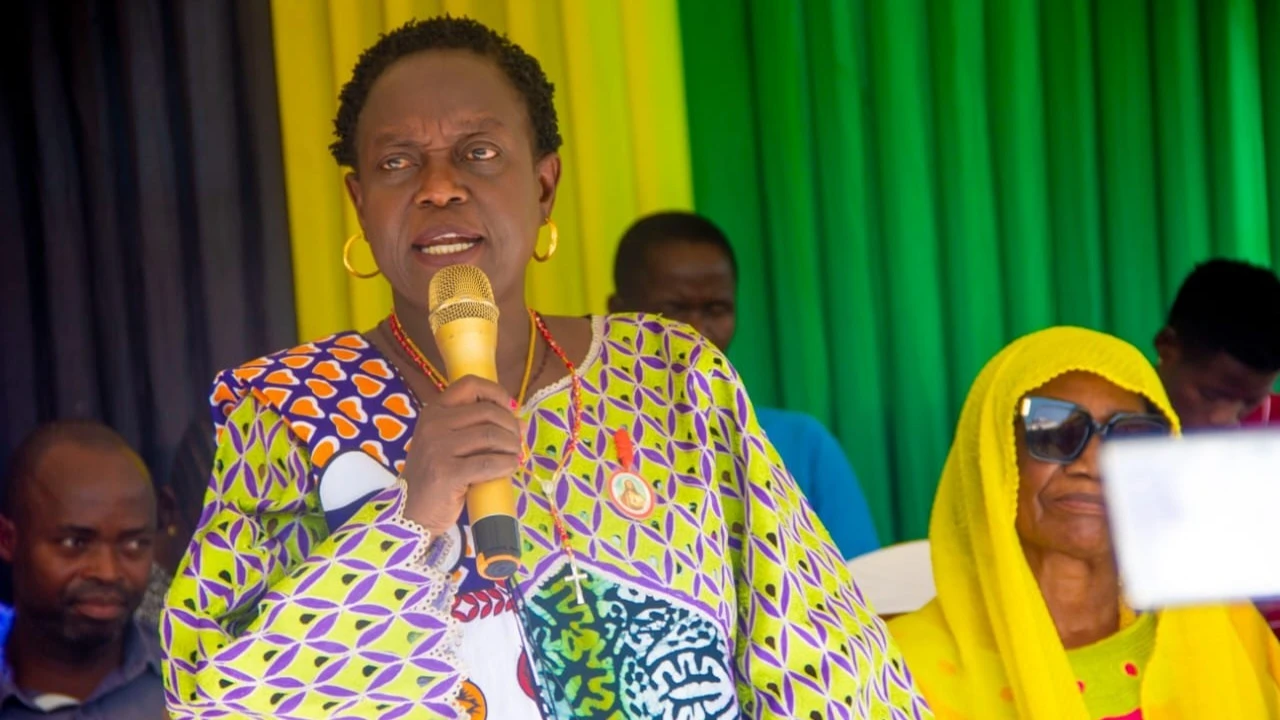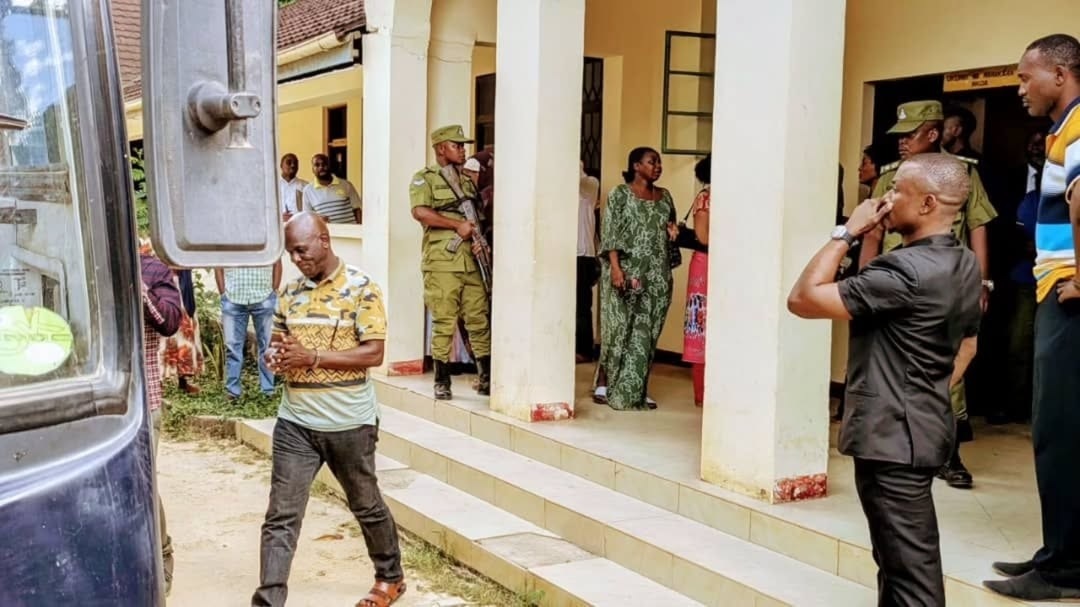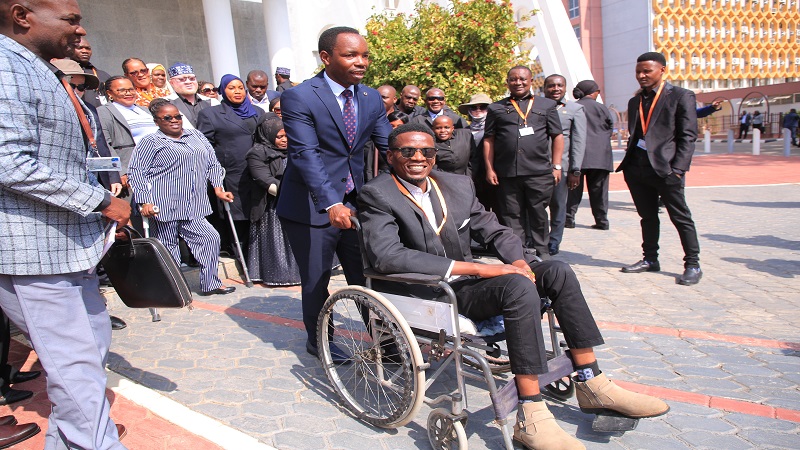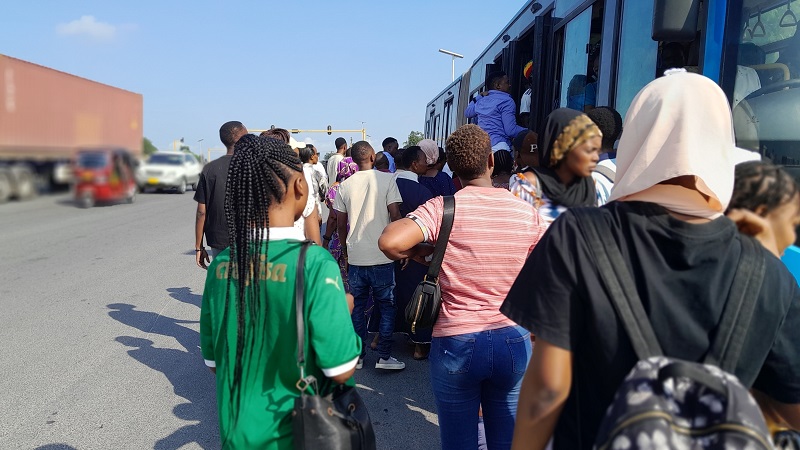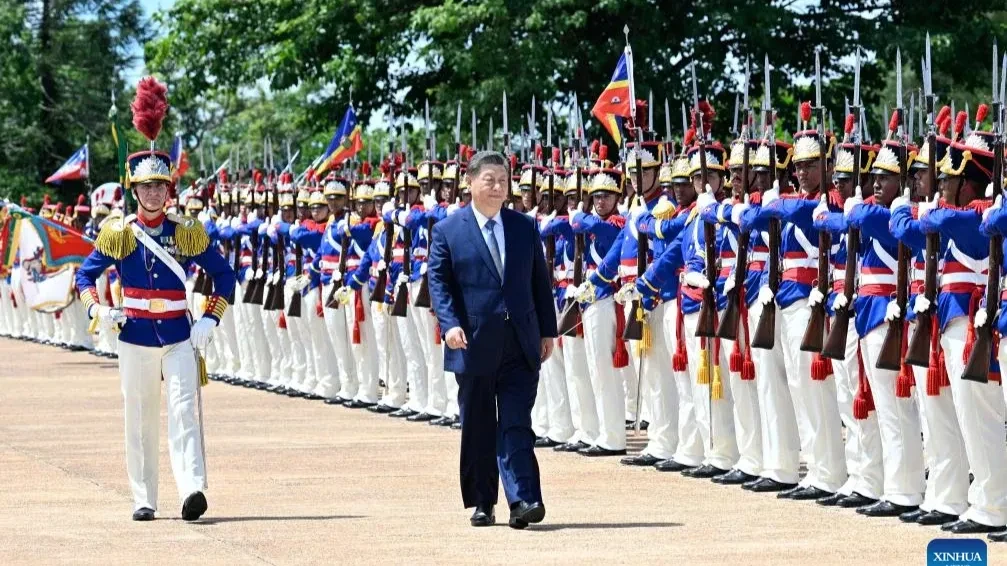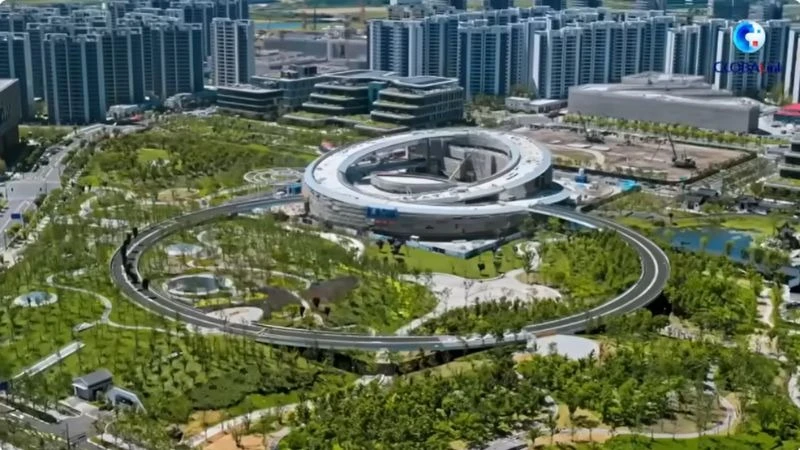Mwanza’s waters rewritten: How a bridge, revived ferry are reconnecting the region
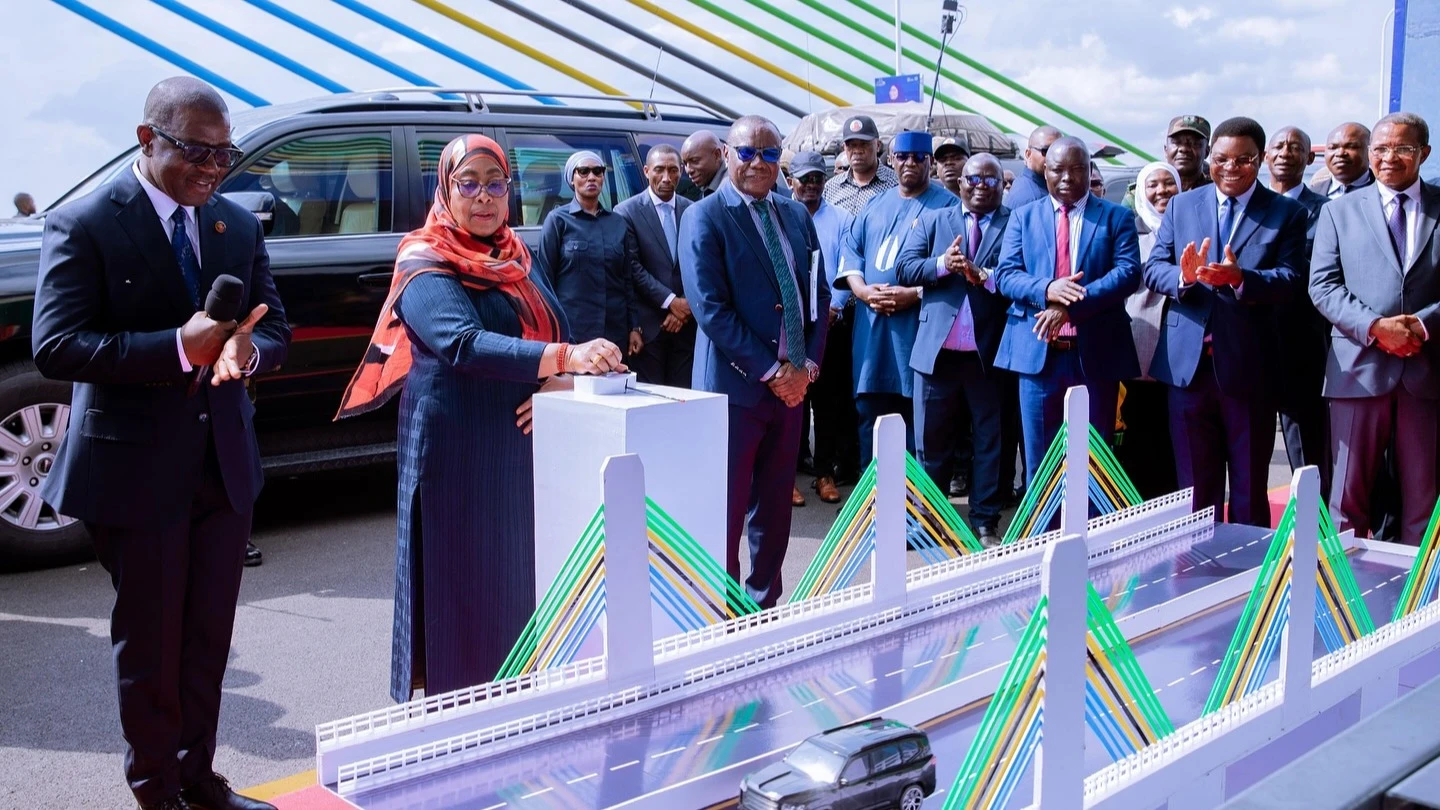
BY mid-morning in Mwanza, the skies had taken on that soft steel hue that Lake Victoria often wears before rain. But nothing could dull the energy rippling across the shores of Kigongo. It was June 19th 2025, and crowds had gathered—some out of duty, others out of curiosity, and many out of a genuine sense of hope.
Tanzania’s President, Samia Suluhu Hassan, was in town. But it wasn’t just another ribbon-cutting affair. This day marked something far bigger: the official opening of the Kigongo–Busisi ferry and the long-anticipated John Pombe Magufuli Bridge.
What unfolded felt like the turning of a page—away from delay, neglect, and frustration, and towards speed, possibility, and connection. For the people who had spent years stranded in endless queues, watching the waters as time slipped away, this was no small feat. It was deliverance.
Until now, travel between Kigongo and Busisi had been a daily ordeal. Ferries once glided across the waters here with purpose, but in recent years, the picture had become more disheartening. Of the original fleet—MV Mwanza, MV Misungwi, MV Sengerema—only one remained semi-functional. The rest sat idle, weather-beaten and neglected, their hulls mottled by time and rust. People learned not to rely on schedules.
A crossing that should have taken 15 minutes could stretch into half a day. With each passing hour, tempers frayed, mothers tried to calm restless children, and traders watched their produce begin to spoil under the sun.
Frustration simmered just beneath the surface, made worse by silence from the authorities. Water hyacinths were blamed for clogging engines, and while that was partly true, few believed it was the whole story.
Many suspected that funds meant for repairs and maintenance were simply disappearing. “You’d buy a ticket, then find five people with the same number,” recalled Jackson, a truck driver who makes the trip twice a week. “When we asked what was going on, they just shrugged. Like it wasn’t their problem.”
It was against this backdrop that President Samia’s presence at the lakeside took on real weight. She wasn’t just there to open a bridge; she was standing at the crossroads of policy and people’s lives. As she stepped up to speak, applause erupted—not the forced, mechanical kind that often greets politicians, but a raw sound of relief. People were tired, and finally, they were being heard.
“This bridge does more than link Kigongo and Busisi—it connects opportunity,” she said, her voice steady over the hush. “It accelerates development and signals the Tanzania we are building—modern, inclusive, and ready.”
The bridge itself is a marvel. At just over 3 kilometres long, it’s now one of the longest in East Africa. With its completion, travel that once took two hours by unreliable ferry now takes just four minutes. But the story doesn’t end there. In what many saw as a deeply symbolic gesture, ferry operations were simultaneously restored on June 19th. After years of half-functioning service, the boats were finally running properly again—maintained, staffed, and on time.
And for many, that mattered just as much as the bridge. Not everyone in this region owns a car or rides in buses. Many are farmers, fishermen, traders moving on foot, by bicycle, or with carts. For them, the ferry is not an old relic of the past—it’s a daily essential.
“I’m a small trader,” said Mama Amina, a widowed mother of four. “The bridge is beautiful, yes, but I walk to the market. That ferry is my road.” She smiled, cradling a basket of pineapples. “Today, I crossed without waiting. I can’t remember the last time that happened.”
The dual approach—bridge and ferry—felt like inclusion in action. Not everyone had been convinced it would happen. There were murmurs that once the bridge was finished, the ferries would be shut down altogether. But on that day, both the modern and the modest were honoured.
There was something profound in that. Because this moment wasn’t just about steel, concrete, or logistics—it was about dignity. Traders, long accustomed to financial losses from spoiled goods, spoke with cautious optimism.
“This crossing used to be chaos,” said Habibu Chama, who ferries sacks of cassava from Sengerema. “We’d lose stock, clients, and money. Now I’m thinking I can add a second delivery round each week.” His face lit up with a kind of hope that doesn’t come easily in these parts. “It feels like someone finally took us seriously.”
For years, the region had been treated like a footnote in national transport plans. But the new infrastructure has changed that. The bridge isn’t just linking Kigongo to Busisi—it’s tying Mwanza to Geita, Simiyu, and onwards to Sirari at the Kenyan border, even further towards Mutukula in Uganda. With this new artery open, the promise of faster, cheaper movement of goods and people becomes a reality. For cross-border trade, that means more than convenience—it’s growth.
And it’s not just about the money. Improved connections mean faster access to hospitals, schools, and services. What was once a gamble on when—or if—you might cross the lake is now a certainty. That sort of predictability isn’t glamorous, but it changes lives.
Looking abroad offers some perspective. In Norway, battery-powered ferries have become icons of clean, efficient travel. In Hong Kong, the Star Ferry operates with such regularity that it’s practically woven into the city's pulse. Even in neighbouring Kenya, the Likoni Ferry has seen marked improvement thanks to investment and accountability.
In each of these places, ferries aren't just a means of transport—they’re part of a system that works. They thrive because of their commitment to maintenance, transparency, and innovation. That’s the path now open to Tanzania, should it choose to walk it.
A proper ferry system doesn’t have to die just because there’s a bridge. The two can—and should—exist together, serving different users, offering redundancy when needed, and building a more resilient transport network. But that will only happen if the lessons of the past are not ignored.
The people here remember what it felt like to be neglected. They remember tickets that were double-sold, ferries that broke down mid-crossing, and staff who looked the other way. They also remember making do with less because they had to.
Now, they’re asking for more—not just in concrete, but in conduct. In the hours after the opening, the ferry terminals buzzed with a strange combination of celebration and disbelief. “We thought they’d close us off,” said Daniel Ishengoma, a businessman heading to Bukoba. “But instead, they brought us back to life. This isn’t just transport. It’s respect.”
Even the weather seemed to agree. As the first properly functioning ferry of the day pulled away from the dock, a light rain began to fall, just enough to cool the air. People huddled beneath shawls, not annoyed but contemplative, as if even the lake itself was settling into something long overdue.
Because ultimately, this moment wasn’t just about movement—it was about momentum. And for the first time in years, that momentum is moving forward. Nonetheless with progress comes responsibility. It’s not just up to the government to keep the ferry running—it’s a shared task.
People must treat the ferries as more than just metal and machinery; they are lifelines. That means reporting faults, holding managers to account, resisting corruption, and ensuring no one slips back into the old ways of mismanagement. Pride isn’t passive—it’s something you live out. When people value a system, they protect it. And that’s what’s needed now.
Top Headlines
© 2025 IPPMEDIA.COM. ALL RIGHTS RESERVED


